Home>Home Appliances>Cleaning Appliances>How Many Gallons In A Mop Bucket
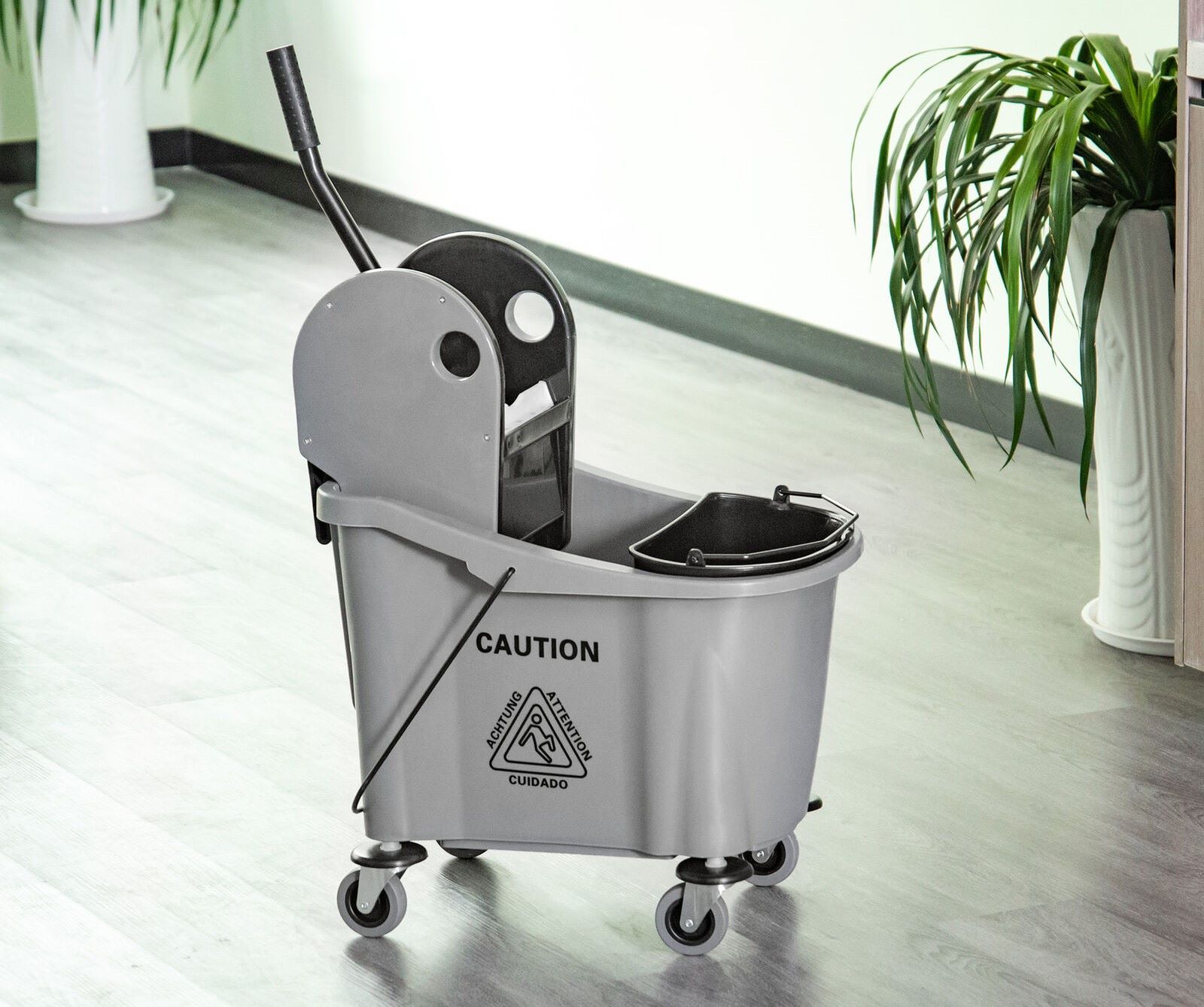

Cleaning Appliances
How Many Gallons In A Mop Bucket
Modified: February 25, 2024
Discover the ideal size with our guide on how many gallons are in a mop bucket. Find the perfect cleaning appliances for your needs.
(Many of the links in this article redirect to a specific reviewed product. Your purchase of these products through affiliate links helps to generate commission for Storables.com, at no extra cost. Learn more)
Introduction
When it comes to keeping our homes and workplaces clean, a mop and bucket are essential tools. The mop handles the dirty work, but the bucket plays a crucial role in the cleaning process. It holds the cleaning solution, provides a place to wring out the mop, and ensures that the dirty water is properly disposed of. However, have you ever wondered how many gallons a mop bucket can hold? Understanding the gallon capacity of a mop bucket is essential for efficient cleaning, as it determines how much cleaning solution and water it can accommodate. In this article, we will delve into the standard sizes of mop buckets, how to determine their gallon capacity, and the factors that can affect this capacity. Let’s unravel the mystery of how many gallons a mop bucket can hold!
Key Takeaways:
- Mop buckets come in various sizes, with gallon capacities ranging from 6 to 11 gallons. Understanding the gallon capacity helps in efficient cleaning and prevents wastage of cleaning solution and water.
- Factors like design, wringing mechanism, and overfill prevention can affect the effective gallon capacity of a mop bucket. Considering these factors is crucial for optimizing cleaning processes and achieving superior cleanliness outcomes.
Read more: How To Clean A Mop Bucket
Standard Mop Bucket Sizes
Mop buckets come in various sizes to cater to different cleaning needs. The most common sizes are 24, 26, 28, 32, 36, and 44 quarts. These sizes are designed to accommodate different amounts of cleaning solution and water, allowing users to select the appropriate bucket based on the size of the area being cleaned and the frequency of refilling the bucket.
For larger commercial settings or spaces with high foot traffic, larger mop buckets with capacities of 32 quarts or more are often preferred. These larger buckets can hold a significant amount of cleaning solution, reducing the need for frequent refills and ensuring that cleaning can be carried out efficiently. On the other hand, smaller mop buckets with capacities ranging from 24 to 28 quarts are suitable for smaller areas or residential use, where maneuverability and storage space may be a consideration.
It’s important to note that the sizes mentioned are based on the bucket’s capacity in quarts. To determine the gallon capacity, it’s necessary to convert the quarts to gallons. One gallon is equivalent to 4 quarts, so a 24-quart mop bucket holds 6 gallons, a 26-quart bucket holds 6.5 gallons, a 28-quart bucket holds 7 gallons, and so on. Understanding the gallon capacity is crucial for ensuring that the right amount of cleaning solution is used, preventing wastage and promoting efficient cleaning practices.
Determining the Gallon Capacity
Calculating the gallon capacity of a mop bucket is a straightforward process that involves converting the bucket’s size from quarts to gallons. As mentioned earlier, 1 gallon is equivalent to 4 quarts. Therefore, to determine the gallon capacity of a mop bucket, you simply need to divide the number of quarts by 4. This conversion allows you to understand how much liquid the bucket can hold, enabling you to make informed decisions when preparing cleaning solutions and water for your cleaning tasks.
For example, let’s consider a 32-quart mop bucket. By dividing 32 by 4, we find that this bucket has a gallon capacity of 8 gallons. Understanding this capacity is essential for ensuring that the appropriate amount of cleaning solution is used. Using too little solution may result in ineffective cleaning, while using too much can lead to wastage and unnecessary expenses. By knowing the gallon capacity, you can strike the right balance and optimize your cleaning efforts.
It’s important to note that the gallon capacity of a mop bucket also determines how frequently you may need to refill it during cleaning. A larger gallon capacity means fewer refills, which is beneficial for cleaning larger areas or for tasks that require continuous cleaning without interruptions. On the other hand, smaller gallon capacities may require more frequent refills, which can impact the efficiency and continuity of the cleaning process.
By understanding the gallon capacity of a mop bucket, you can effectively plan and prepare for your cleaning tasks, ensuring that you have the right amount of cleaning solution and water at your disposal. This knowledge empowers you to clean efficiently, maintain cleanliness standards, and optimize your cleaning resources.
A standard mop bucket typically holds around 2-5 gallons of water, but it’s best to check the manufacturer’s specifications for the exact capacity.
Factors Affecting Gallon Capacity
While the gallon capacity of a mop bucket is primarily determined by its size in quarts, several factors can affect its effective capacity and usability. Understanding these factors is crucial for optimizing the performance of the mop bucket and ensuring efficient cleaning practices.
- Design and Construction: The design and construction of the mop bucket can impact its effective gallon capacity. Some buckets feature additional compartments for wringers or storage, which can reduce the actual space available for holding cleaning solution and water. It’s essential to consider the overall design and functionality of the bucket to accurately assess its usable gallon capacity.
- Wringing Mechanism: Mop buckets equipped with integrated wringers may have reduced space for holding liquid due to the presence of the wringing mechanism. While the wringer is essential for effectively removing excess water from the mop, it’s important to factor in its impact on the available gallon capacity when preparing cleaning solutions.
- Overfill Prevention: Some mop buckets are designed with overfill prevention features, such as fill lines or indicators, to prevent users from exceeding the maximum liquid capacity. While these features promote safe and efficient use, they can limit the effective gallon capacity of the bucket, as users must adhere to the specified fill levels to avoid spillage and maintain the bucket’s functionality.
- Space for Mop Submersion: The space required for effectively submerging the mop in the cleaning solution is another factor that can impact the usable gallon capacity. Ensuring that the mop has sufficient space for soaking and absorbing the cleaning solution is essential for achieving thorough and effective cleaning results.
- Handle and Mobility: The presence of a handle or mobility features on the mop bucket can impact its usable gallon capacity. Handles and wheels, while enhancing maneuverability and transportability, may occupy space within the bucket, potentially reducing its effective capacity for holding liquid.
By considering these factors, users can make informed decisions when selecting and utilizing mop buckets for their cleaning tasks. Understanding the interplay between design, functionality, and effective gallon capacity empowers individuals and cleaning professionals to optimize their cleaning processes, minimize wastage, and achieve superior cleanliness standards.
Conclusion
Understanding the gallon capacity of a mop bucket is essential for efficient and effective cleaning. By grasping the standard sizes of mop buckets and converting their capacities from quarts to gallons, users can make informed decisions when preparing cleaning solutions and water for their cleaning tasks. The ability to determine the gallon capacity empowers individuals to optimize their cleaning efforts, minimize wastage, and maintain cleanliness standards.
Factors such as design, wringing mechanisms, overfill prevention features, space for mop submersion, and handle mobility can impact the effective gallon capacity of a mop bucket. It’s crucial to consider these factors when selecting and utilizing mop buckets to ensure that they meet specific cleaning needs and promote efficient cleaning practices.
Whether cleaning residential spaces, commercial settings, or industrial facilities, the gallon capacity of a mop bucket plays a pivotal role in the cleaning process. It dictates the amount of cleaning solution and water that can be used, influences the frequency of refills, and ultimately impacts the efficiency and continuity of the cleaning tasks.
By unraveling the mystery of how many gallons a mop bucket can hold and considering the factors that affect its gallon capacity, individuals and cleaning professionals can elevate their cleaning practices, optimize resources, and achieve superior cleanliness outcomes. With this knowledge in hand, cleaning tasks can be approached with confidence, ensuring that the right amount of cleaning solution and water is utilized to maintain pristine and hygienic environments.
Frequently Asked Questions about How Many Gallons In A Mop Bucket
Was this page helpful?
At Storables.com, we guarantee accurate and reliable information. Our content, validated by Expert Board Contributors, is crafted following stringent Editorial Policies. We're committed to providing you with well-researched, expert-backed insights for all your informational needs.

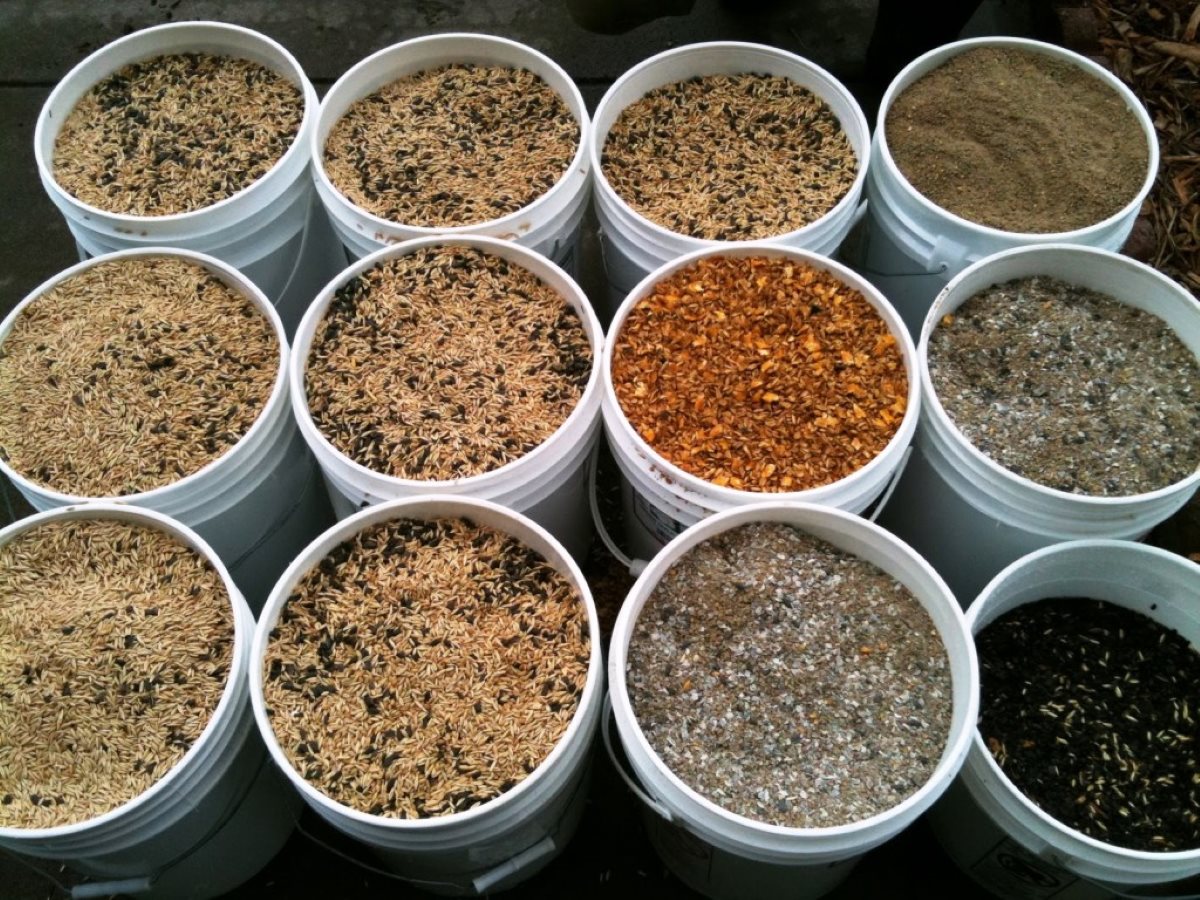
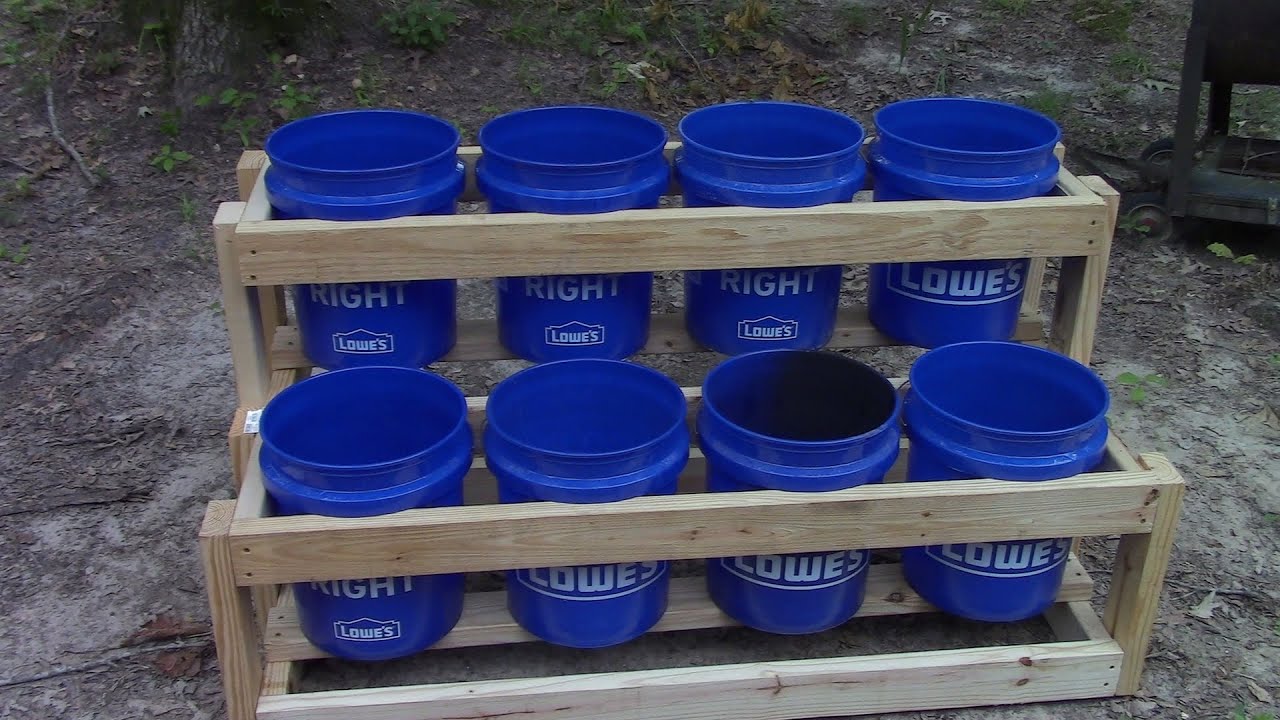
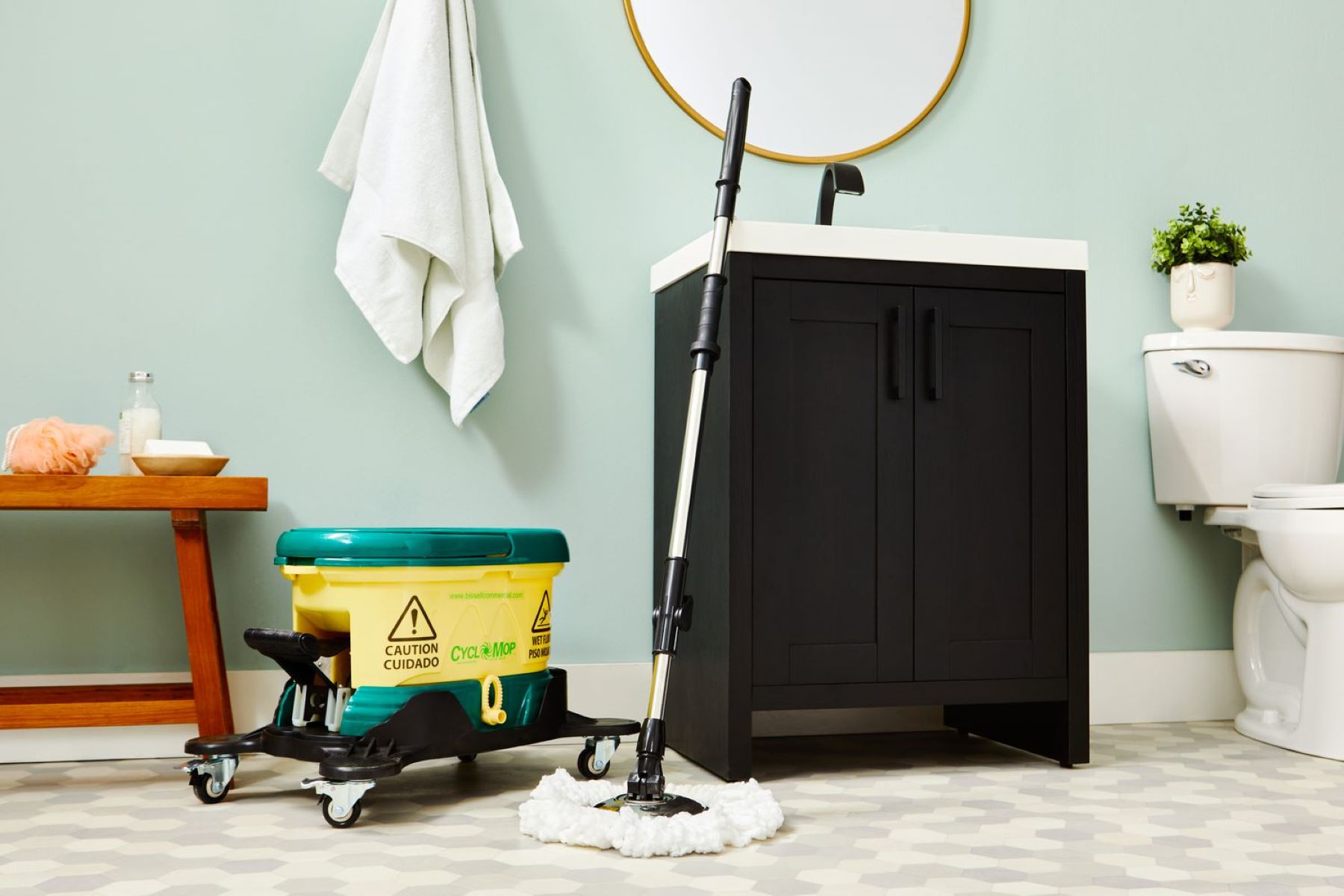
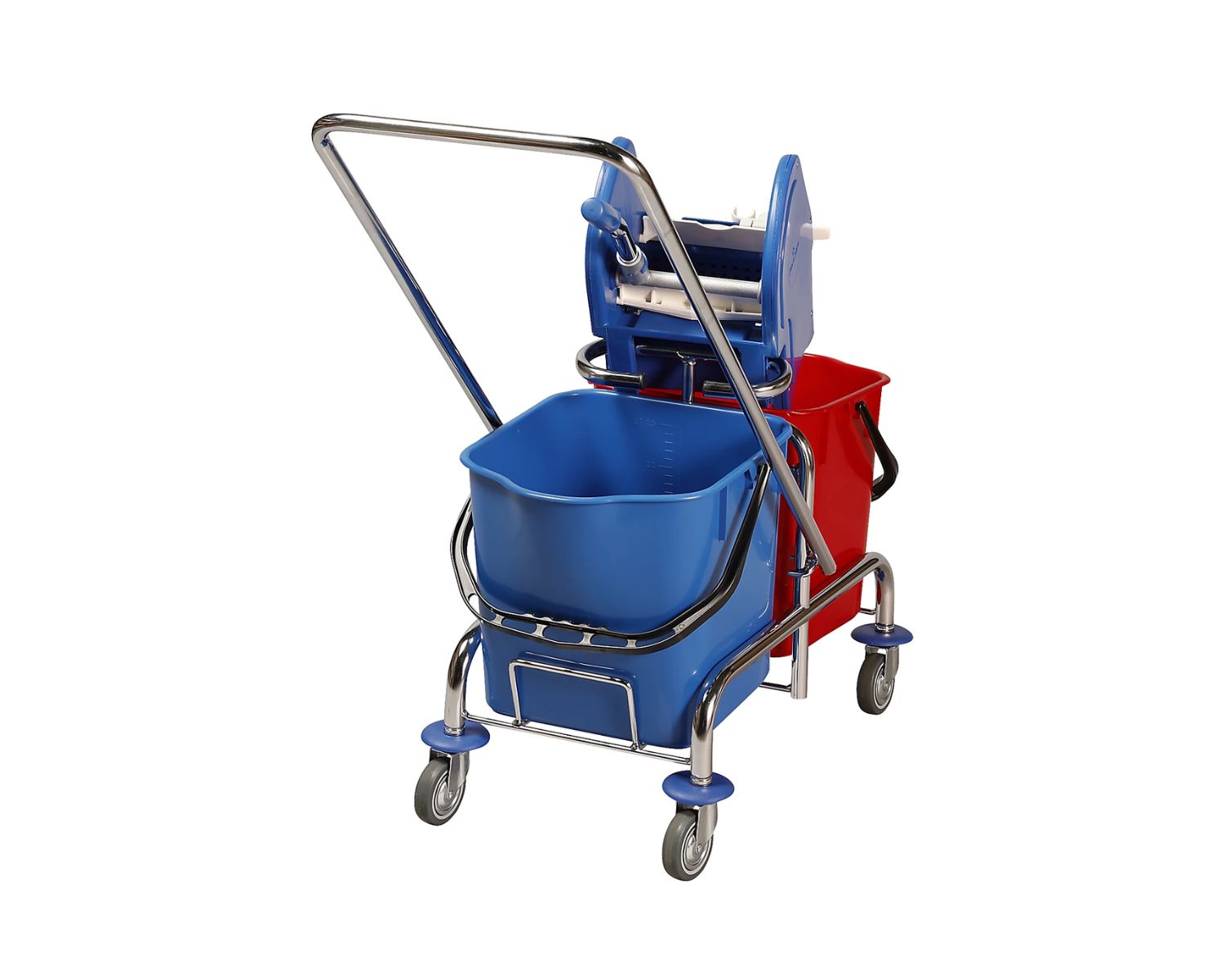
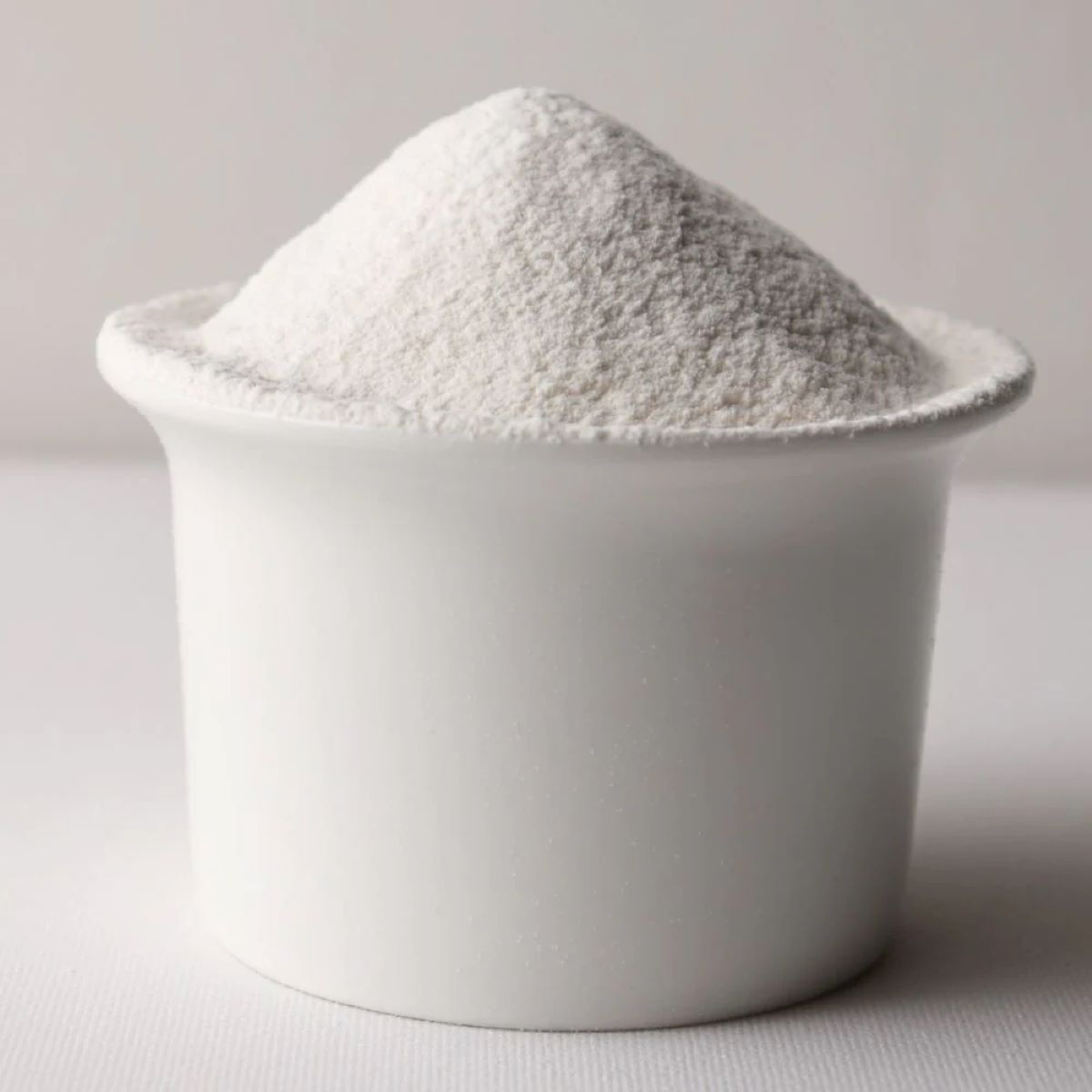
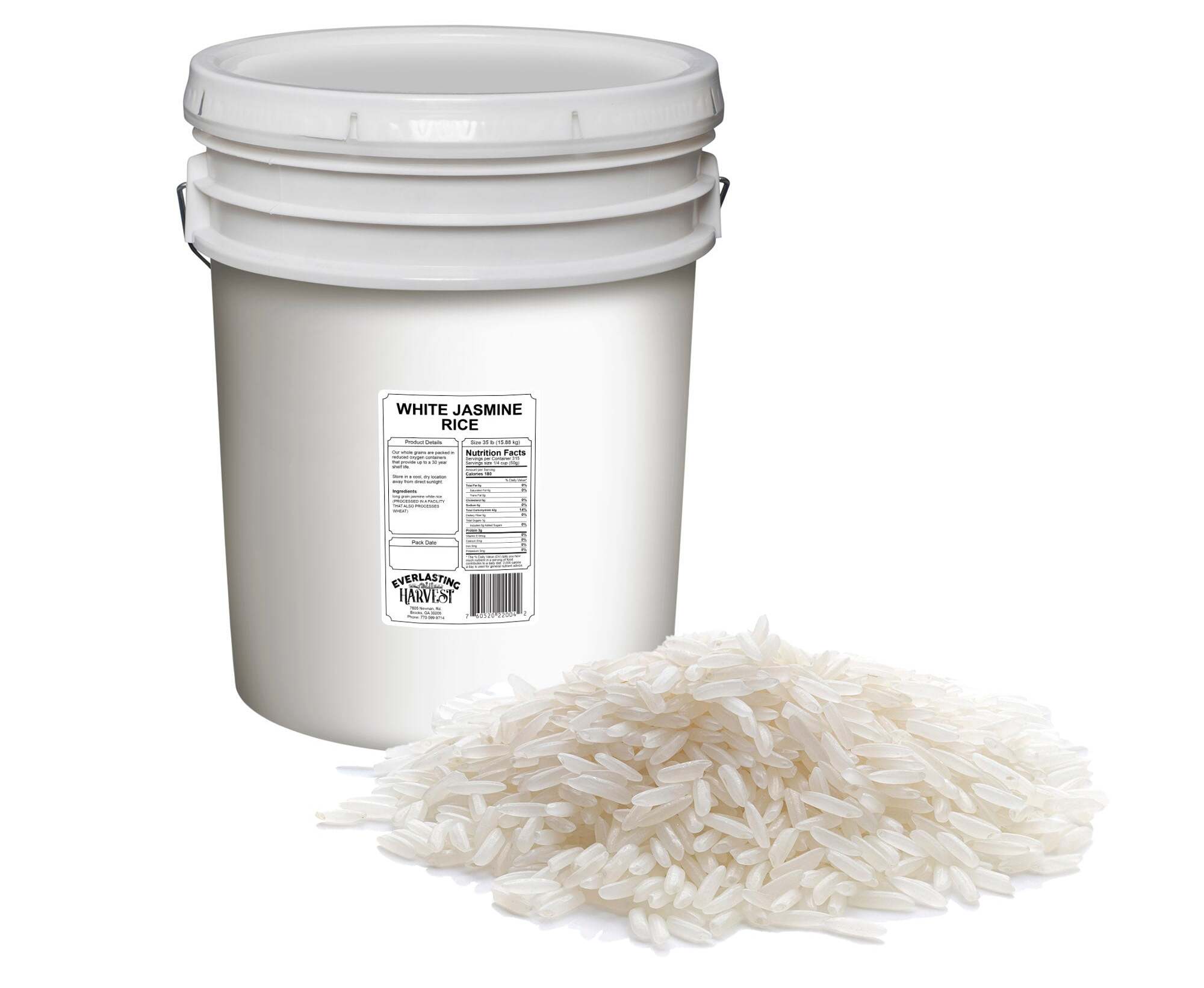
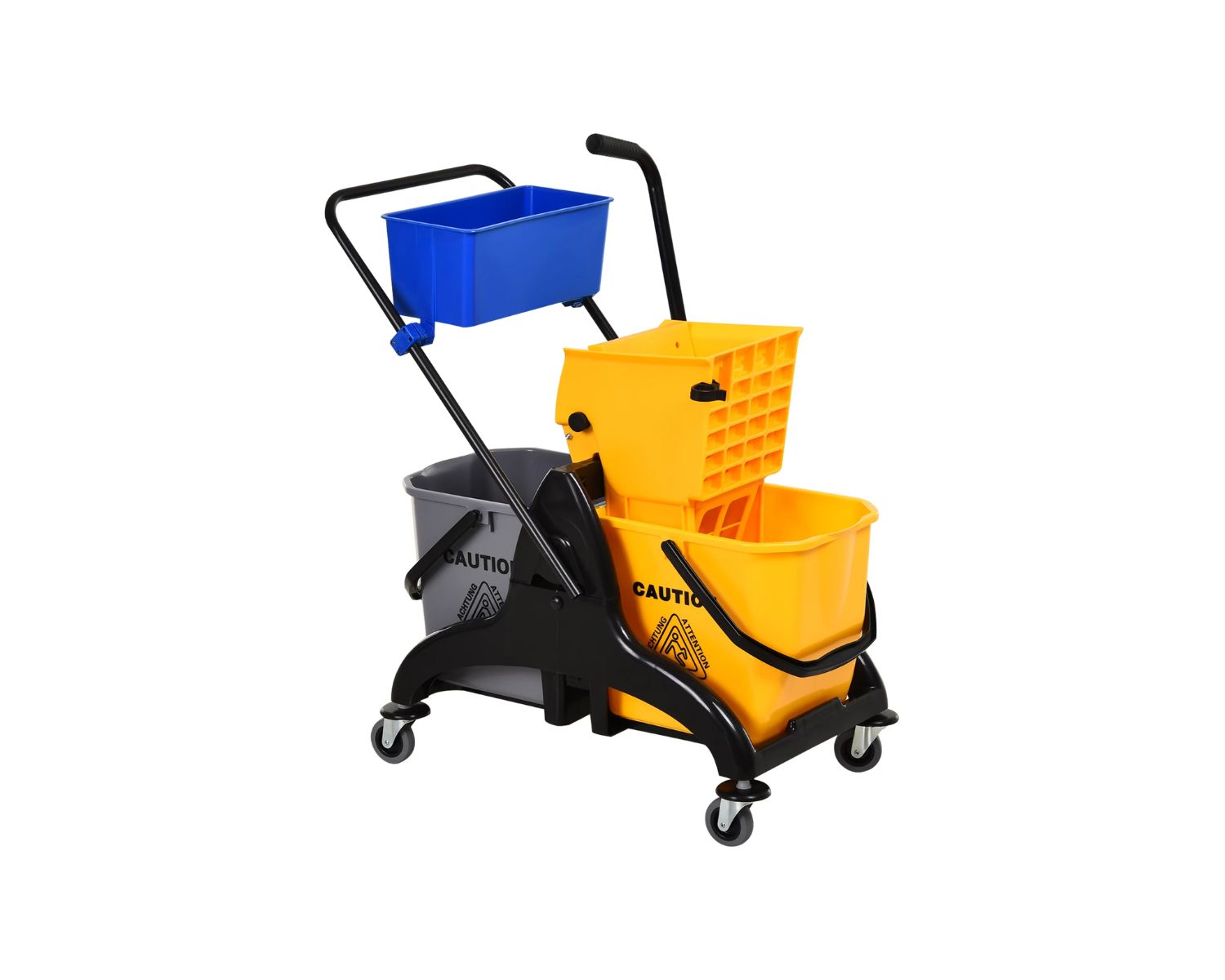
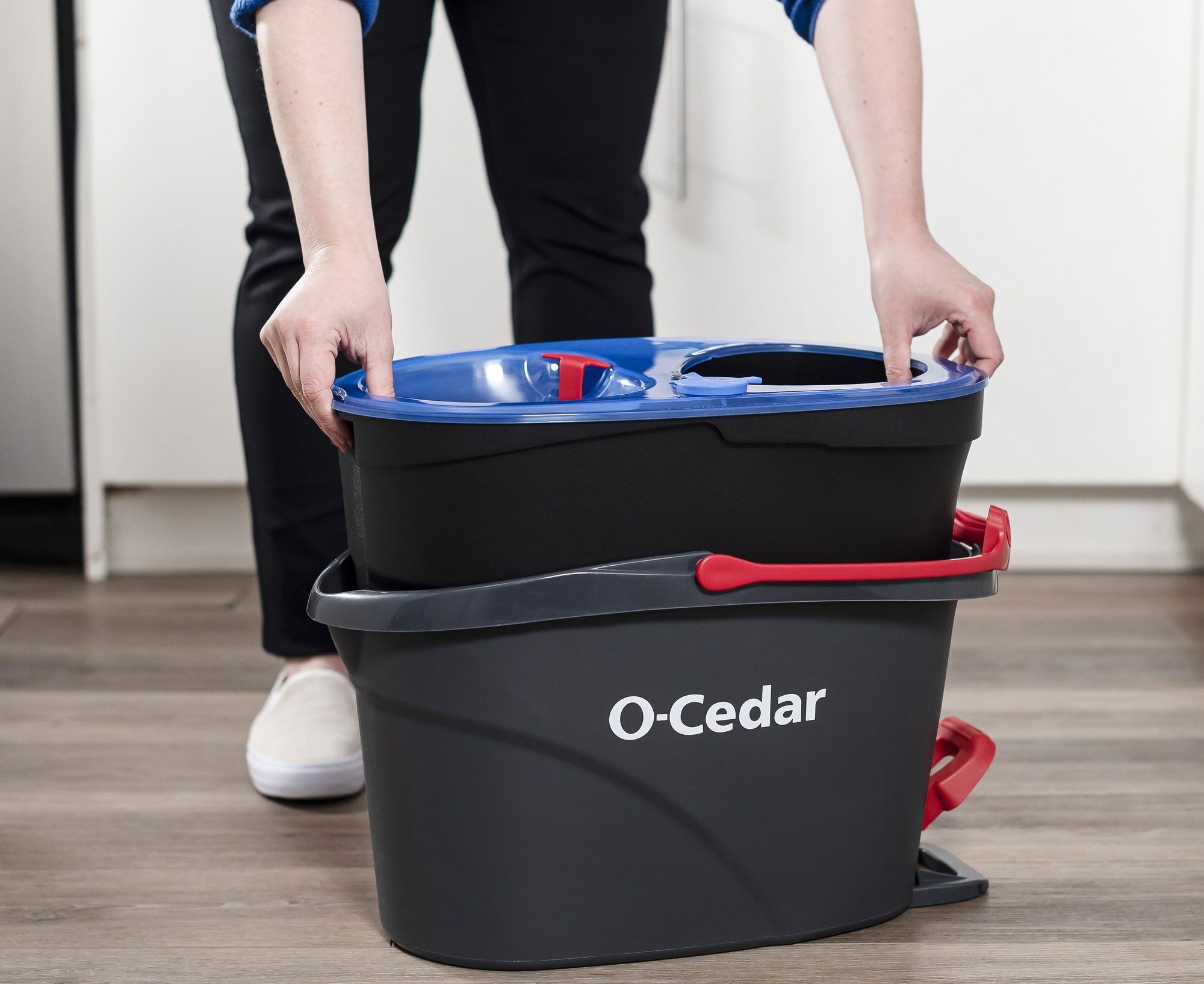
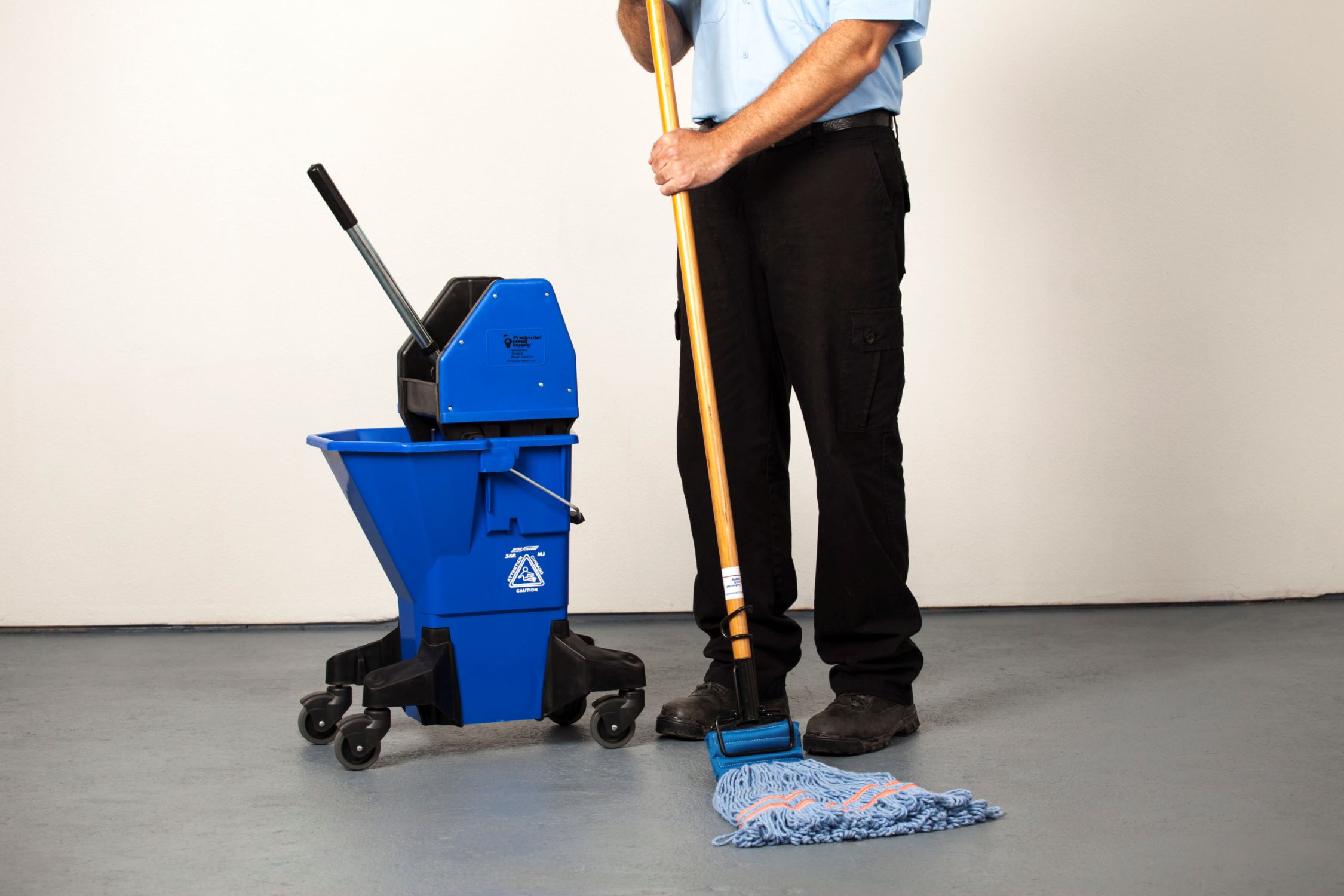
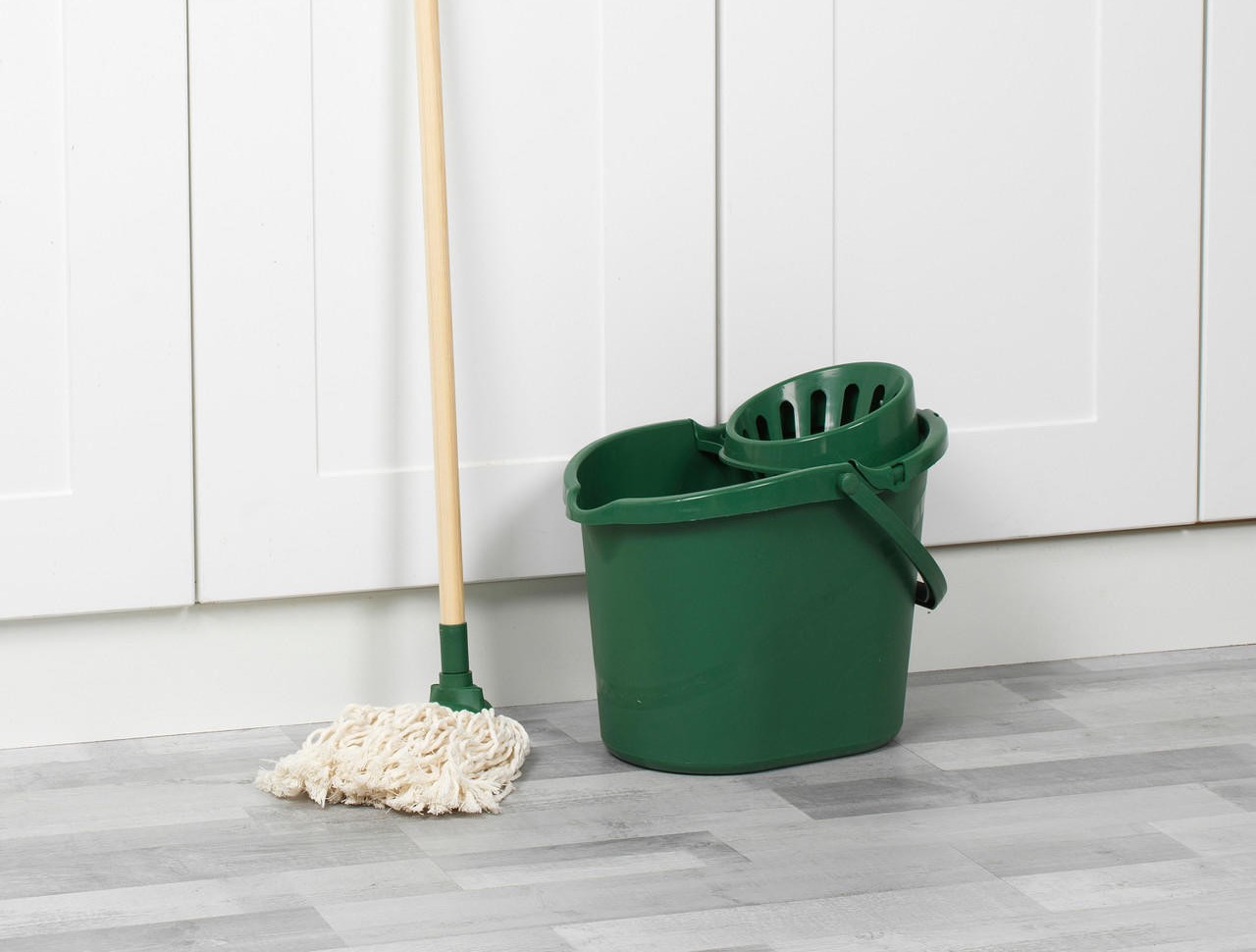

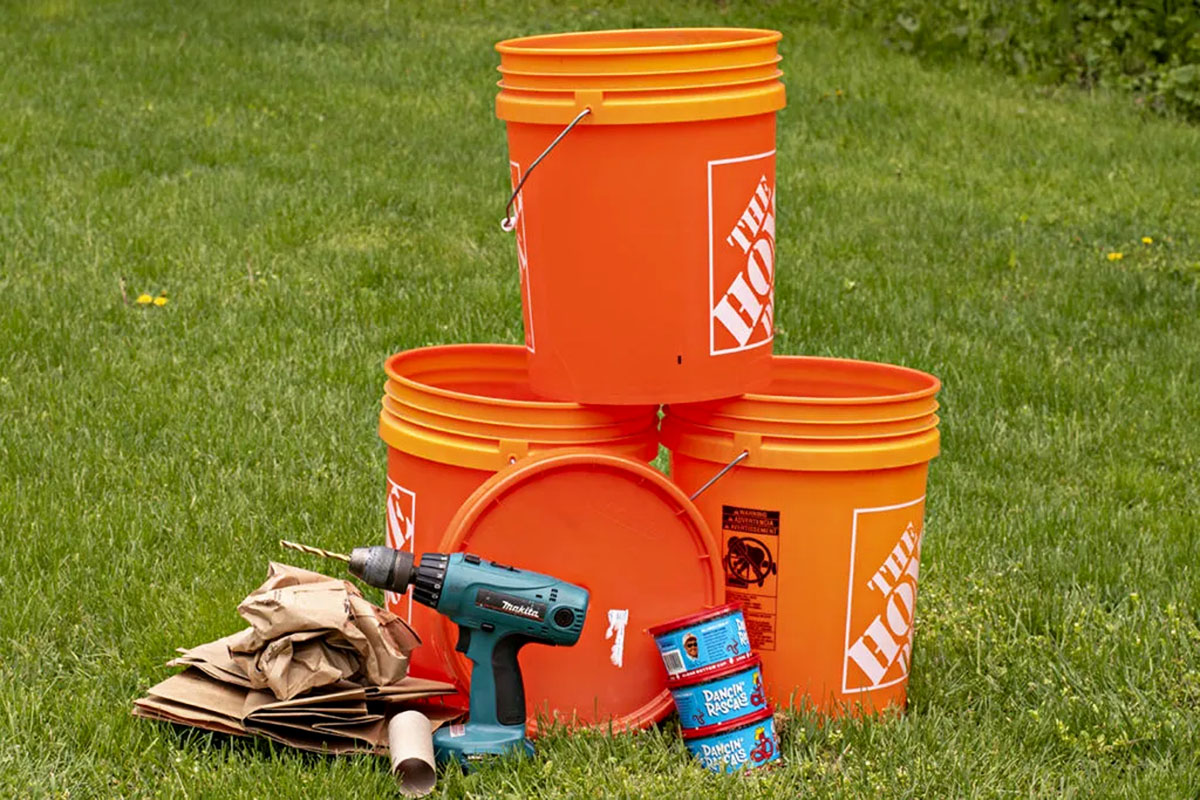
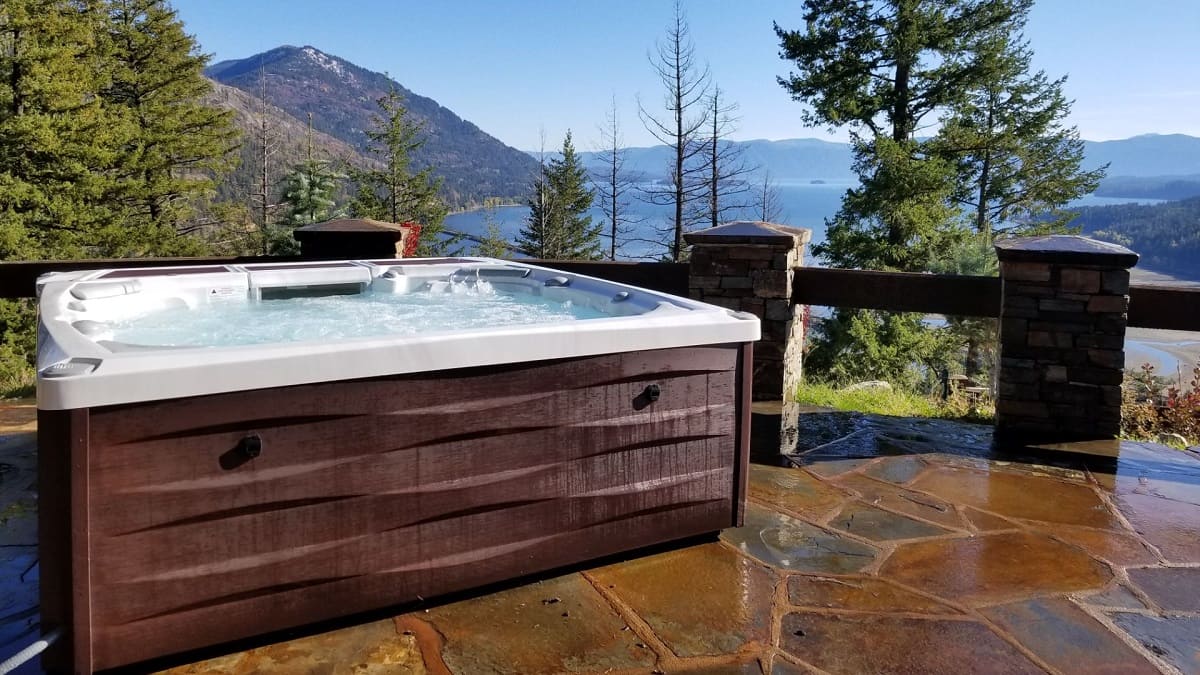
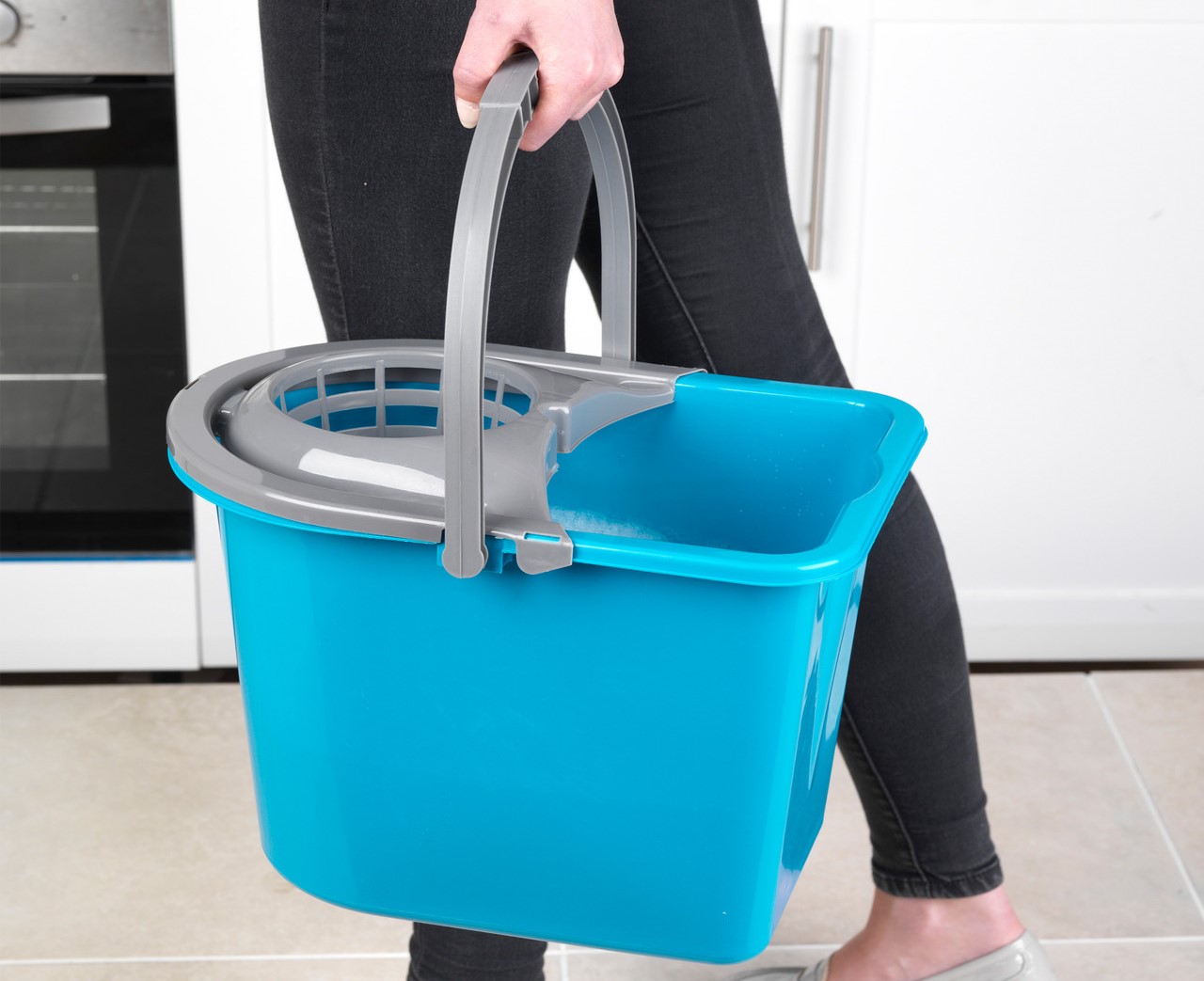

0 thoughts on “How Many Gallons In A Mop Bucket”